Lucca | Italy
Gaddi Collection
Vittorio Gaddi, notary
With photography, video, sculpture, installation, painting, and site specific projects, the Nunzia e Vittorio Gaddi collection, born from the passion of Vittorio, a notary public, developed in the second half of the 1990s and tells a multidisciplinary story. It includs 350 or 400 works of art, -Vittorio says “but to be honest I have never counted them” m Although the space was initially meant to be summer retreat in the countryside , the passion for contemporary art, mainly international, transformed in a few years into a dedicated home for the collection, which is also housed in an nearby house renovated in 2012 and an Art Nouveau villa in the city of Lucca. In this kingdom Vittorio Gaddi does not seek advice, suggestions or help from curators, but rather considers himself the director" and enjoys the creative phase of installation of the works, which is thought out, conceived even before formalizing the purchase of a work, by in a dialogue regarding the aesthetic level between the new work, or "intruder" and the current "residents".
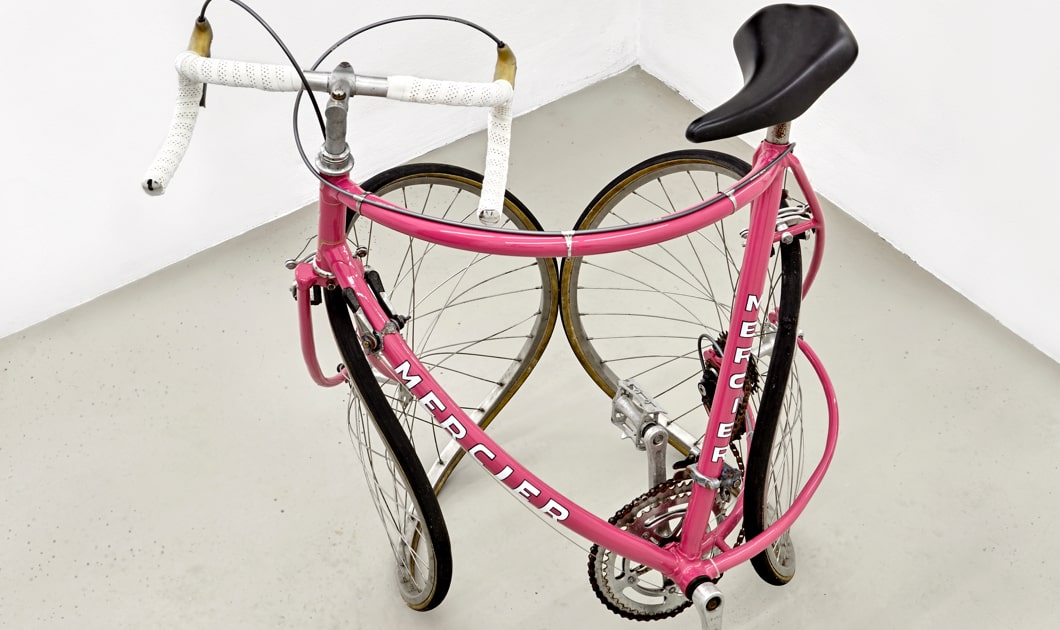
Alicja Kwade
The common thread linking the collection is....
The collection embraces all the mediums -painting, photography, video, sculpture and installations- although in recent years I have mostly stopped acquiring videos. The fil rouge is therefore not so much the medium used by the artist, or his nationality or gender -I have almost the same number of works produced by male artists as by female artists- as the work is an expression of contemporary research. Meaning that it must reflect a language that highlights the characteristics of novelty and perhaps even a break from what has been produced by other artists who have come before . This search for novelty leads me to prefer, as a rule, the works of younger and more audacious artists, not yet established, and just starting out.
Where are the works exhibited?
Some of the works are kept in my studio in Lucca and in the apartment on the upper floor which is without furniture and completely dedicated to showing the collection. The bulk of the collection is in a large building in the countryside of Lucca, in the village of Vorno to be precise. It is an old housewhich I bought in the early nineties and the remaining portion, which was in bad condition, I bought at the beginning of 2010 and proceeded to restore completely.
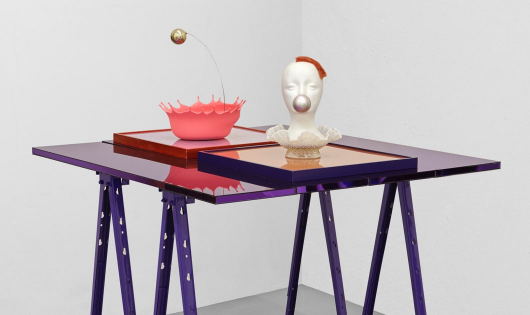
Alex Da Corte
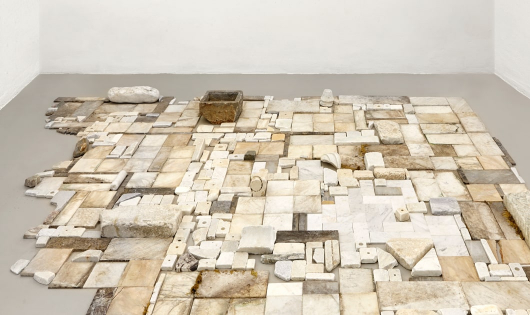
Chiara Camoni
When did you decide to open your collection to other collectors?
Ever since I began collecting, I have always been very interested in showing the collection, not only to other collectors, but to all those who work in the field - gallery owners, museum directors, curators, journalists, artists, etc.- and also to those who, even if they are unfamiliar with the art world, are curious and interested. In fact, I believe that the collector?, is the custodian of the works and has the mission of ensuring that people who wish to see them have the opportunity to do so. It would be selfish to keep the works for oneself, to preventthose who might appreciate them from getting to know them.
Tell us a few anecdotes about the players in the art world you've met that have impressed you the most.
An anecdote about the initial phase of the collection comes to mind. The first acquisitions I made were two works -a sculpture and a large watercolor on paper from the Soliseries- by ’Gio Pomodoro. To tell the truth, when I met the artist (who I later established a close relationship with - (I accompanied him to the United States in 2002 when he received the Lifetime Achievement Award at the International Sculpture Center in New York- in his studio in Querceta and completed the acquisition of both works. I did so with the sole intention of furnishing the country house I had bought, without the slightest thought of starting a collection. Soon after that, I went to Venice for a short holiday and while walking around the calli, I passed in front of the window of a gallery, which at the time I was unfamiliar with, where there was an exhibition of works by Vanessa Beecroft, who at that time was a young artist of great promise that I had heard of . I entered the gallery, Bruna Aickelin's Galleria il Capricorno, I considered Bruna to be my great teacher without her knowing it,, and without her, I probably would not have become a good collector. She showed me the works on display with such great passion, that I had an overwhelming desire to own one. Unfortunately, the exhibition was already sold out. I left Bruna my address (at that time they didn't use email yet) to receive invitations for future exhibitions. Later I received a letter from thgallery, which I opened it and discovered, you can't imagine with what satisfaction and emotion, that a painting by Beecroft was available. The work had been purchased for the Seattle Art Museum by its director, but the Museum's Board had not authorized the acquisition. Bruna's letter was accompanied by a photocopy of the letter, which I still keep, inwhich the museum director apologized that they could not authorize the acquisition. It was ajoy to learn that the painting would become mine, and I realized that this would be the beginning of a collection. I certainly could not have imagined then that the collection would develop as it did, but I am convinced it was this decisive episode that drove me to collect.
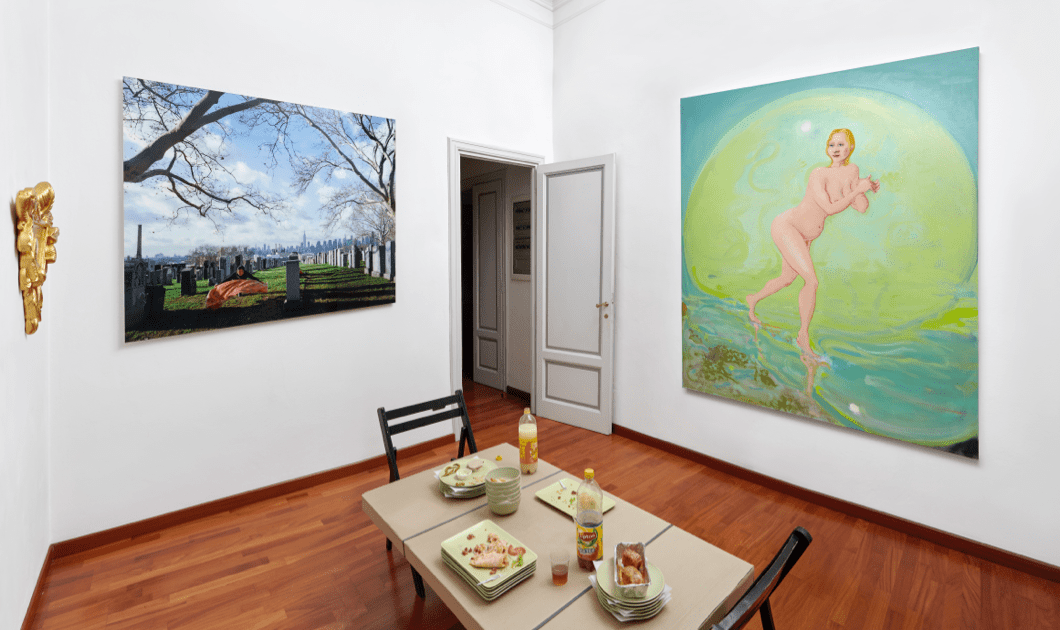
Nedko Solakov, Kimsooja, Gabriel Kuri e Verne Dawson
Among the exhibitions you've seen, which one has influenced you the most?
To tell the truth there are many, but the one that has decisively oriented my taste towards avant-garde art was the 1982 Venice Biennale. At that time I knew practically nothing about contemporary art and since it’s been a long time, I don't remember the names of any of the artists who exhibited there. The visit itself was casual because I was in Venice by chance, discovering the Biennale from the advertisement hanging from a bridge over the Grand Canal. I went to the Giardini and was enchanted by the works I saw, but I would never have thought that fifteen years later I would start my own collection.
An impulsive purchase, a thoughtful purchase
I will answer the two apparently opposite questions together. This is because I cannot think of a particular work that falls into only one or the other category. My method for acquiring works is always the same for all acquisitions, which are never too impulsive or too meditated. Love at first sight, falling in love is the starting point, but there are two categories of purchases. In some cases I start from the artist whose work I fell in love with and who I have previously researched on my own,gathering information about the galleries the artist works with, the solo and group exhibitions in public and private spaces which he exhibited in and reading articles s and publications about his/her work. Once I set the goal, I move on to the second phase, which is the search for the right work, the one that excites me and makes me say: "it must be mine". In other cases, usually during a visit to a fair, I can see a work that I am interested in by an artist I don't know or know very little about. So in this case, first there is the buzz about the work. This, however, is not enough to make me buy it because I think an initialphase of research is very important. In this case collecting information about the artist follows rather than precedes the discovery of the work. My ambition is to collect works by emerging artists who will be formed and established over time although this unfortunately does not always happen. There are many good artists, but very few achieve success that lasts over time. The elements that determine the success of an artist are not only related to his talent, but also to a series of factors including the ability to promote oneself with people who matter and, also, why not, even luck. Therefore, sometimes, I don't buy a work I think is good because from the analysis I make regarding the quality of the galleries the artist works with, the attention he receives from critics and the specialized press, exhibitions, etc., I am convinced that his career is bound to fail, even if the artist is talented. So the final choice is a mix of meditation and passion, even if the latter is in any case essential for making the choice: I would never buy a work that does not excite me, just because the artist appears to be destined for a great career. Obviously the phase, let's say, of reflection and study becomes more relevant the more expensive the work is because nobody likes to throw away money, and the more expensive it is, the more you have to pay attention and not make rushed decisions. I am a professional, and I do not have unlimited wealth, so to bring the collection to the degree it has reached, besides intuition, which I think I possess, in the selection of the works, I had to draw not only on my earnings from my profession, but also on what I inherited from my father, who, fortunately for me, was well off. For this reason, when buying I have to make choices and selections, and therefore I try to act using not only my heart but also my brain. This is also because I believe that the value of a collection is judged not only by the quality of the works that are in it, but also by the level and fame of the artists present.
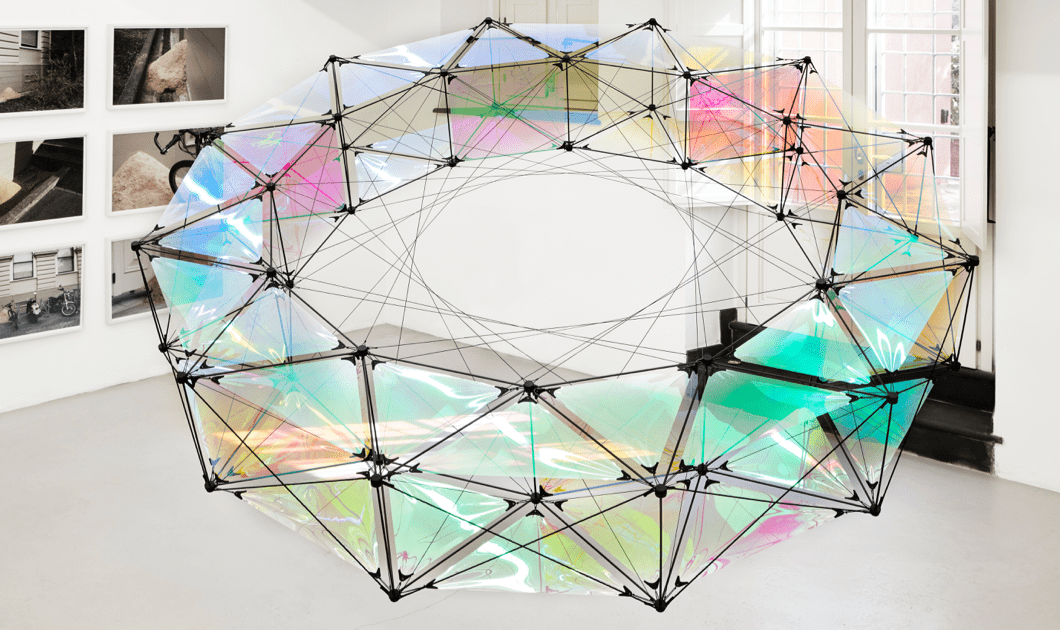
Tomas Saraceno e Roman Ondak
A missed acquisition
A work by an artist I loved deeply but I could not buy when the work w still affordable: Julie Mehretu. Unfortunately when I first tried I was a still a novice collector and the galleries she worked with didn't take me into consideration. Now when that probably would not happen, I can't afford it, and besides, her most beautiful works were the ones she made when I was looking for one. The only consolation is that one of her artist friends who visited my collection, to whom I revealed my missed opportunity, gave me one of her books with a personal dedication that I keep with affection.
What strikes you in a work of art?
When you fall in love with someone you don't wonder why it happened, you just love them. I know that I like an artwork from the emotion, from the shock it provokes when I see it for the first time. The instinctive factor is decisive for me even if, like all things, taste has its own evolution, and it does not always happen that what seems wonderful to you today keeps its charm with the passing of time. I must say, however, that I have rarely regretted the purchases I made. In general, however, the work must have a strong visual impact on me, even if artistic beauty does not always jibe with beauty as it is commonly understood. I do not like works that are too conceptual, ones that to understand their meaning you must first read a book of explanations. Visual art must arouse emotions in me even without a complete understanding of its meaning. Often the mystery increases its fascination. It is no coincidence that the first works, , that I loved, which at the time were almost contemporary, when I did not yet collect, were those by abstract expressionists, who provoked pure emotion without too many conceptual implications. I conclude with an example from another art, music - when I listen to the crescendo of a Beethoven symphony, certain passages may remind me of a battle, to someone else of a storm and to another perhaps the unbridled race of a horde of wild horses. The result, however, does not change, it is in any case a masterpiece even if everyone gives it a different meaning, dictated by their personal sensitivity.
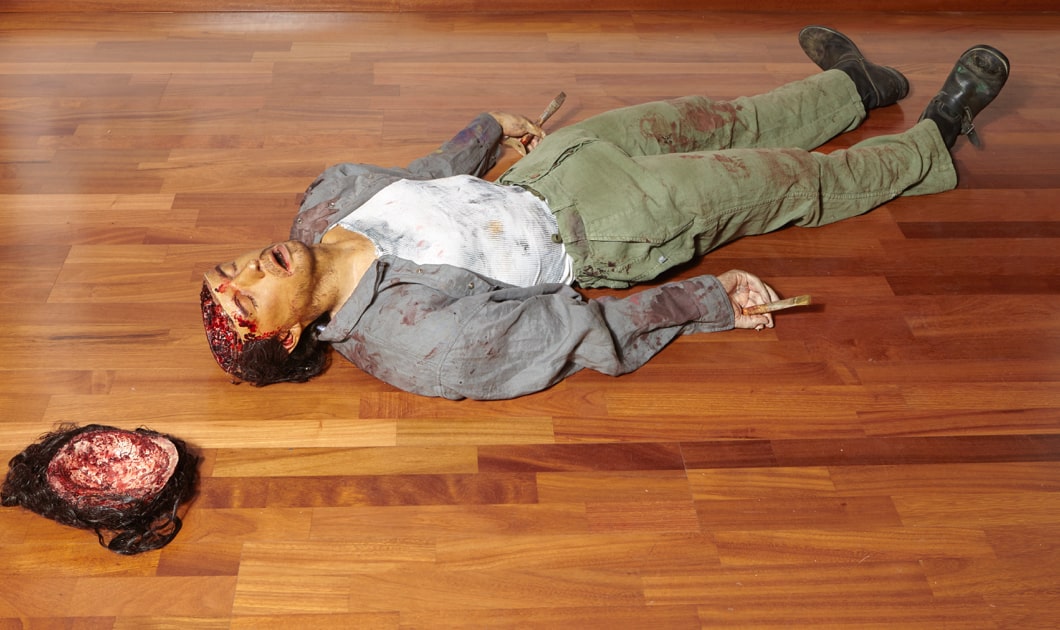
Jade Kuriko Olivo, Puppies Puppies
Can you name three emerging artists you recently discovered and follow with interest?
I'd be embarrassed by the choice, but having to limit myself to three names, Athena Papadopoulos, Giulia Cenci and Olivia Erlanger.
Pros and cons of loaning artwork: can you tell us about your experience?
I've always loaned works of art, except those I consider to be too fragile and at risk. I have always considered it important, however, to consider the importance of the exhibition the work is to be shown in, and I have refused loans to exhibitions in museums, institutions and public and private spaces that I considered not to be of a high level. The work of art is meant to be seen by the public and therefore, in my opinion, if the exhibition is prestigious, the loan should be made. Also, the value of the work is increased. On the other hand, I must say that on a couple of occasions, once very recently, , the works have been returned to me damaged . Fortunately, however, one was a large photograph by a famous international artist, and the damaged work was returned to the artist who destroyed it, who printed a new specimen. In the other case, a perfect restoration was made so that it was returned exactly as it was originally. I must say, however, that the sadness caused by the discovery of the damage to the work is very great and my first thought in both cases, was that I won't loan anything anymore. Later, even though the anger was resolved,, the negative feeling returns when thinking about loans